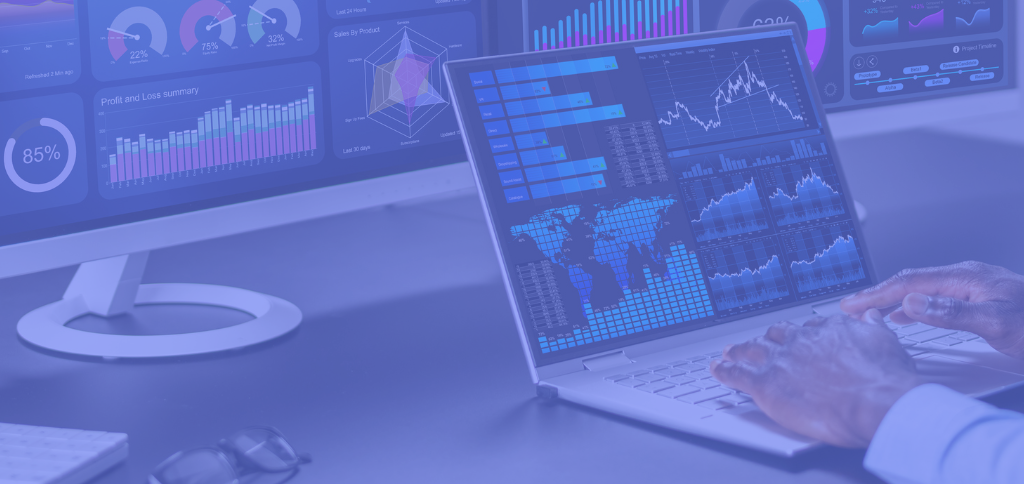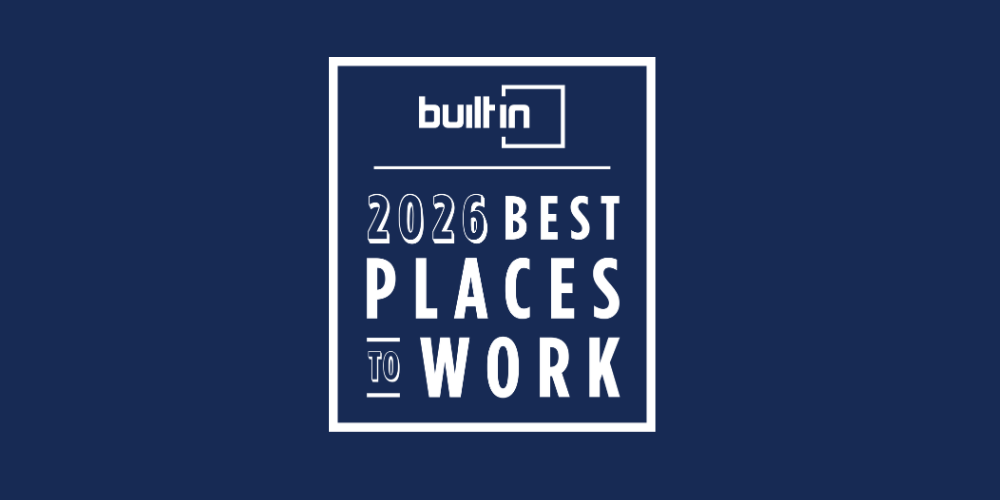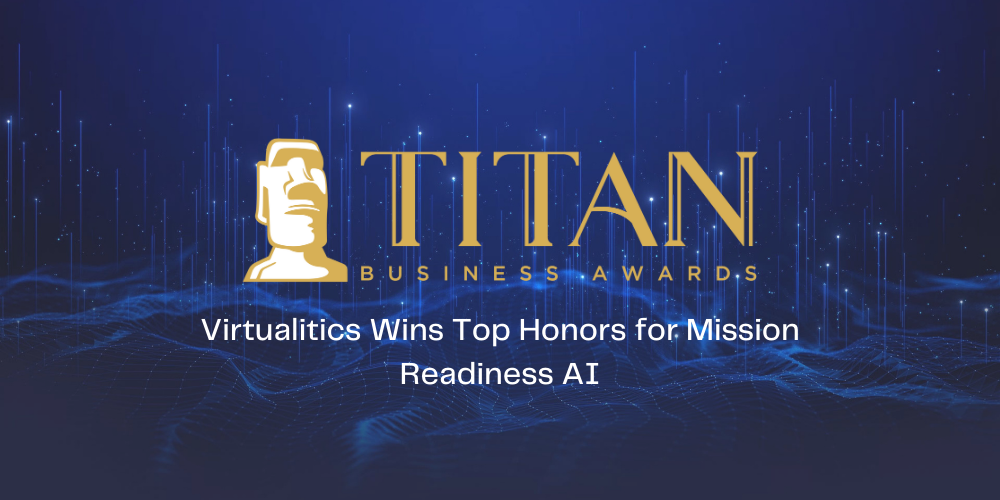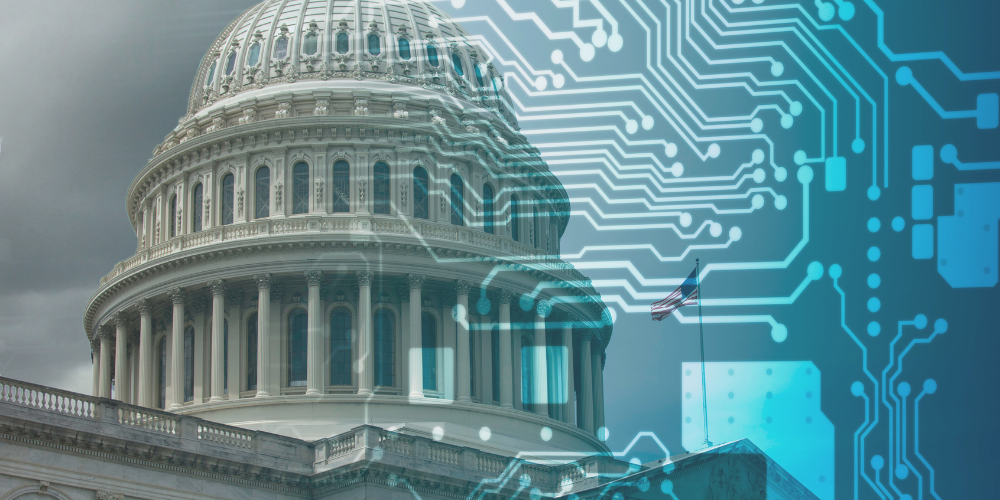Predictive analytics leverages machine learning algorithms, data mining, and advanced statistical techniques to forecast future events and behaviors based on historical data. It’s a powerful tool that helps business leaders anticipate trends, foresee risks, build scenario models, and make better decisions that drive strategic growth and improve operational efficiency.
The distinctiveness of predictive analytics lies in its forward-looking approach. Unlike retrospective forms of analytics, like descriptive and diagnostic analytics, predictive analytics is proactive, providing organizations with the foresight to anticipate events and trends. This capability is invaluable for decision intelligence in uncertain economic periods and a digital-first world.
The Challenge with Predictive Analytics
There is simply too much complex data for analysts to sift through and analyze quickly without using AI.
AI based on machine learning and deep learning algorithms can process vast amounts of data with incredible speed. By automating these complex data tasks, the AI enables analysts with real-time analytical capabilities and delivers more accurate and nuanced predictions. Furthermore, the algorithms don’t just process historical data, they learn from them, which also helps improve their predictions over time.
However, the challenge with AI is that as it’s become more advanced, it’s also become more difficult to interpret how it arrives at certain predictions or recommendations. Without clear and transparent explanations, business leaders may be skeptical of the validity of the AI’s output and opt to not leverage this valuable information in their decision making.
Predictive Analytics Needs to be More Explainable
Explainable AI (XAI) is crucial to success with predictive analytics. XAI bridges the gap between the complexity of AI models and the human need for clear, understandable, and trustworthy outcomes.
XAI uses specialized models and algorithms to provide explanations and reasoning for how it came to a certain conclusion. The goal of XAI is transparency and accountability. By delivering key insights and next steps in natural language and augmenting explanations with visualizations, it helps decision-makers see the factors that influence predictions, understand the model’s reasoning, and ensure that the predictions align with business goals and ethical standards.
With this level of transparency, business leaders are more likely to not only adopt AI for their predictive analytics but actually use the predictions to improve their organization’s competitive advantage.
5 Industries that Benefit from Predictive Analytics
AI-driven predictive analytics platforms like Virtualitics make it easy for businesses to get ahead of risks and take advantage of potential opportunities. Here’s how five different industries can leverage predictive analytics.
Predictive Analytics for Manufacturing
Knowing what to do to keep a piece of machinery from failing provides immense benefits and savings to organizations. Sophisticated AI applications analyze data from disparate systems to identify patterns and anomalies associated with component failures, assign risk scores to individual components, and recommend the best course of action to take.
There are a variety of tools including Enterprise asset management (EAM), field service management (FSM), and enterprise resource planning (ERP) software platforms that can help businesses manage different aspects of their operations. But these solutions also have gaps in their capabilities and integrations. To really understand every aspect of maintenance and logistics it’s critical to combine all the relevant data in one analytics platform.
Learn more about how Virtualitics addresses challenges in manufacturing and sustainment with Maintenance Decision Intelligence.
Predictive Analytics for Financial Risk Management
In the financial industry, predictive analytics is instrumental in risk management. For example, predictive models can help combat trade slippage. By analyzing historical data, traders can identify patterns and trends that can help them predict future price movements. This information can then be used to place more informed trades and reduce the risk of slippage.
Predictive Analytics for Healthcare
Virtualitics’ network graph and anomaly detection capabilities enabled a national healthcare system to conduct an analysis of historical influenza strains and predict which key strains were most likely to cause an outbreak. This crucial information helps healthcare providers prepare the best vaccines for upcoming flu seasons and greatly reduces the population risk for developing serious symptoms.
Predictive Analytics for Supply Chain
Supply chains are incredibly complex as they’re highly sensitive to global and market shifts. Predictive analytics enables businesses to assess historical and real-time data from multiple, disparate sources, giving their data analytics teams clear, streamlined reports on predicted potential disruptions. A platform like Virtualitics can then surface alternative suppliers and routes or suggest how to optimize inventory levels, helping businesses avoid the biggest risks that may be coming up.
Predictive Analytics for Customer Behavior
By analyzing customer behavior data, such as purchase history and browsing patterns, businesses can predict future buying behaviors and tailor recommendations to individual customers. This enables retail leaders to better understand how to adjust their product offerings and strategies to better reach buyers.
Go From Reactive to Proactive with Predictive Analytics and AI Applications
As the world continues to become increasingly data-driven, predictive analytics built into groundbreaking AI applications give organizations the edge by leveraging all their data to forecast the next best actions to take. By keeping an eye on the future, decision makers are able to prepare for all scenarios, minimize risk, and maintain a strategic advantage over the competition.






